If you know the size of the integer type, you can extract its sign bit (assuming two's complement) using integer division:
// Example in C
int sign_bit(int s)
{
// cast to unsigned (important)
unsigned u = (unsigned)s;
// number of bits in int
// if your integer size is fixed, this is just a constant
static const unsigned b = sizeof(int) * 8;
// pow(2, b - 1)
// again, a constant which can be pre-computed
static const unsigned p = 1 << (b - 1);
// use integer division to get top bit
return (int)(u / p);
}
This returns 1 if s < 0 and 0 otherwise; it can be used to calculate the absolute value:
int abs_arith(int v)
{
// sign bit
int b = sign_bit(v);
// actual sign (+1 / -1)
int s = 1 - 2 * b;
// sign(v) * v = abs(v)
return s * v;
}
The desired function looks like this:

It is useful to first shift the minimum to zero:

This function form can be computed as a sum of the two shifted absolute value functions below:

However the resultant function is scaled by a factor of 2; shifting to zero helps here because we only need to divide by 2, and shift back to the original minimum:
// Example in C
int clamp_minmax(int val, int min, int max)
{
// range length
int range = max - min;
// shift minimum to zero
val = val - min;
// blue function
int blue = abs_arith(val);
// green function
int green = range - abs_arith(val - range);
// add and divide by 2
val = (blue + green) / 2;
// shift to original minimum
return val + min;
}
This solution, although satisfies the requirements of the problem, is limited to signed integer types (and languages which allow integer overflow - I'm unsure of how this could be overcome in e.g. Java).


